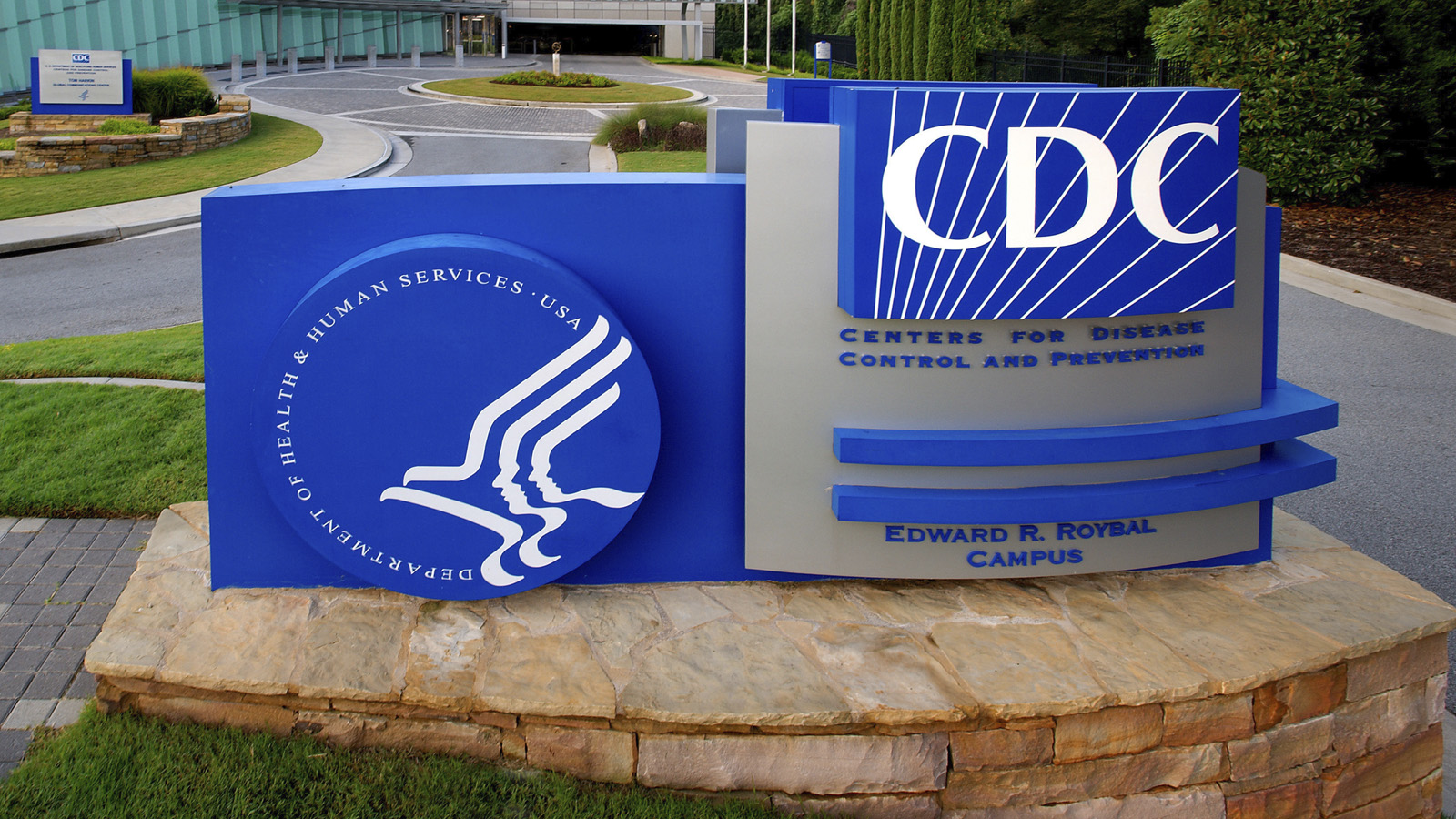The Centers for Disease Control and Prevention (CDC) says that Americans living in eight northeastern U.S. states should be aware of the signs of babesiosis, a tick-borne disease that is on the rise.
Connecticut, Maine, Massachusetts, New Hampshire, New Jersey, New York, Rhode Island, and Vermont have seen increases in babesiosis, while the disease is endemic in Maine, Vermont, and New Hampshire, according to the CDC report. That’s based on data that was collected between 2011 and 2019.
Unlike Lyme disease, caused by several types of borrellia bacteria, babesiosis is caused by the babesia parasite that can infect red blood cells—not unlike malaria. Some medical professionals describe babesia—along with anaplasmosis, the Powassan virus, sometimes bartonella, and others—as a “co-infection” to Lyme disease that are transmitted via tick bites.
“Members of the public and health care providers in states with endemic babesiosis and bordering states should be aware of the clinical signs of babesiosis and risk factors for Babesia infection. Persons spending time outdoors in states with endemic babesiosis should practice tick bite prevention, including wearing long pants, avoiding underbrush and long grass, and using tick repellents,” said the CDC.
It noted that the parasitic disease is generally spread by black-legged or deer ticks, Ixodes scapularis, which are common across the eastern and southern portions of North America. They’re considered the main vector of Lyme disease, which federal officials have said is also on the rise across the United States.
People can also contract the babesia parasite through contaminated blood transfusions and organ transplants. Pregnant mothers who have babesiosis can transmit it to their babies, the CDC said.
While Lyme disease is often described as a chronic disease, babesiosis can cause mild illness with no symptoms ranging to an acute illness with multi-organ failure. According to a decades-old New York Department of Health report, babesiosis is “often associated with case-fatality rates as high as 10 percent.” But Dr. Peter Krause, a senior research scientist at the Yale School of Public Health told NBC News this week that the disease has a fatality rate of 1 to 2 percent.
“Babesia is much more of a problem than the general public recognizes and can be fatal—up to 20 percent—in people who have HIV/AIDS or severe cancer with chemotherapy or individuals who lack a spleen,” Krause told the outlet.
Symptoms and Treatment
To treat babesiosis, the CDC recommends prescription antimicrobial medications such as atovaquone including azithromycin or a combination of clindamycin and quinine in acute cases.
Like Lyme disease, several common herbal supplements may be able to kill off a babesia infection, according to LymeDisease.org. A test-tube study shows that Cryptolepis sanguinolenta (Ghanaian quinine), Artemisia annua (Sweet wormwood), Scutellaria baicalensis (Chinese skullcap), Alchornea cordifolia (African Christmas bush), and Polygonum cuspidatum (Japanese knotweed) could show some promise, the website says.
Symptoms of babesiosis include a flu-like illness with a chill, sweats, malaise, fatigue, and headache. Other symptoms that aren’t as common include cough, arthralgia, sore throat, abdominal pain, nausea, emotional lability, and depression, according to federal officials. Some sufferers, meanwhile, have reported “air hunger.”
High-risk patients may suffer “multi-organ dysfunction, including respiratory distress, congestive heart failure, renal failure, splenic rupture, disseminated intravascular coagulation (DIC), hepatitis, or coma,” says the National Institutes of Health.
It can take one to six weeks for symptoms to arise, and some 20 percent of adults and 50 percent of children who contract babesia do not suffer any symptoms, according to the National Institutes of Health.
Friday’s CDC report said that a total of 16,456 cases of babesiosis were reported to the agency in 37 states between 2011 and 2019. New York state reported the highest number of cases, or about 4,738 in total, while Massachusetts was No. 2 and Connecticut was No. 3.
The CDC noted that some states, including Pennsylvania—where Lyme disease is considered endemic—do not report babesiosis. The report further stated that Friday’s data likely don’t “represent all incident cases of babesiosis in reporting states” while patients with “nonspecific symptoms might not be tested for babesiosis.”
















CDC can suck it! I don’t believe ANYTHING they say anymore!
I can’t find anything on this on the CDC web page other than reference to 2019